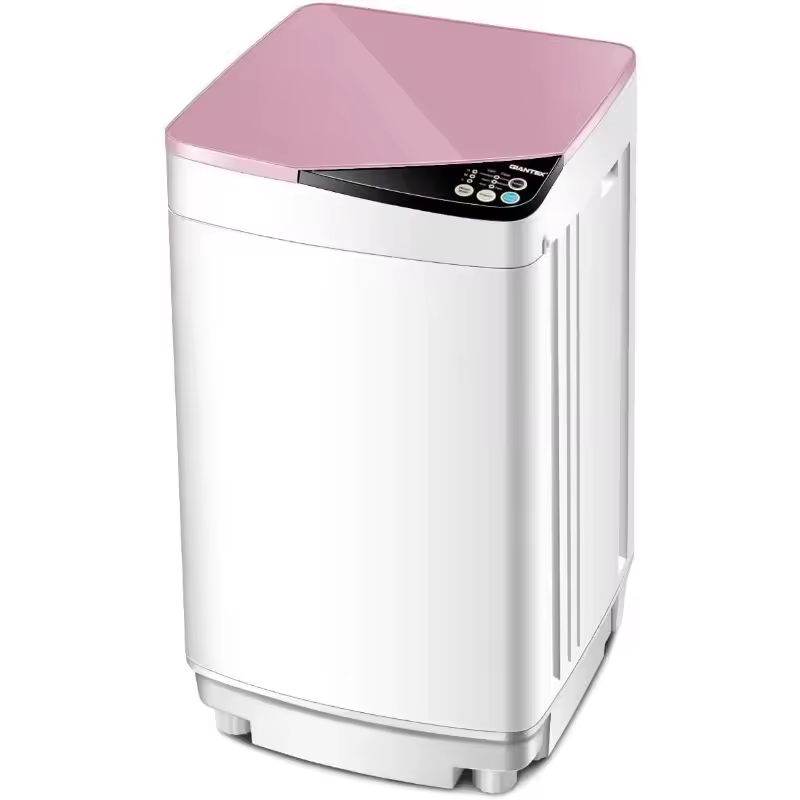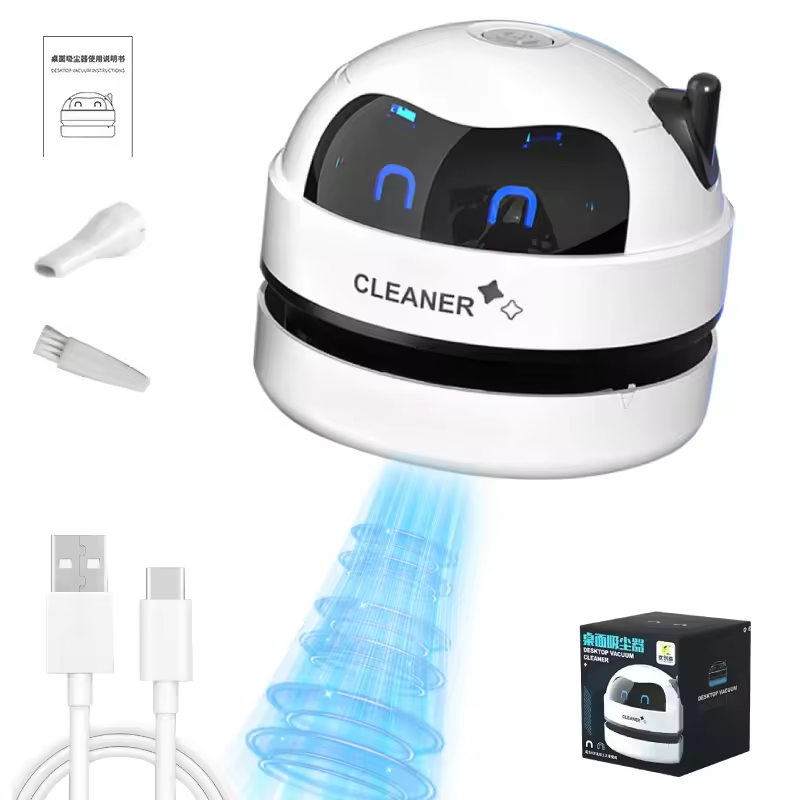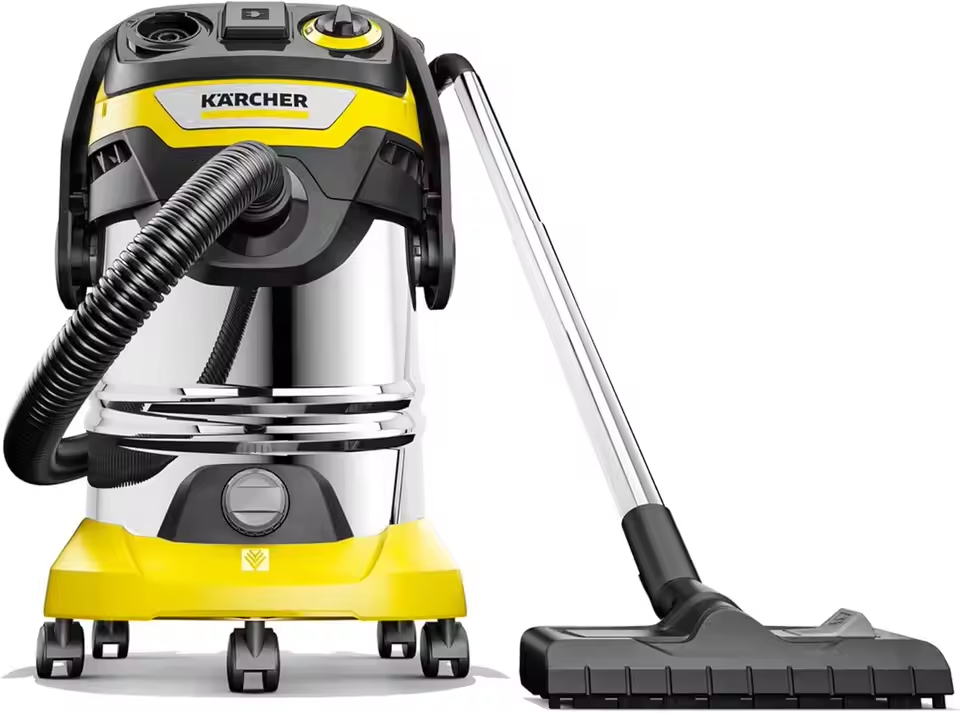Introduction: Mastering the Art of Loading a Washing Machine
The load washing machine process is more than just tossing clothes into the drum—it’s a science that impacts cleaning effectiveness, machine longevity, and energy savings. Whether you have a top-load or front-load model, proper loading ensures clothes come out clean without damage. This guide breaks down best practices, troubleshooting tips, and maintenance habits to elevate your laundry routine.
Transitioning from basic use to expert-level efficiency requires understanding laundry ratios, machine mechanics, and fabric care. Let’s explore how to optimize every load for spotless results and reduce frustration.
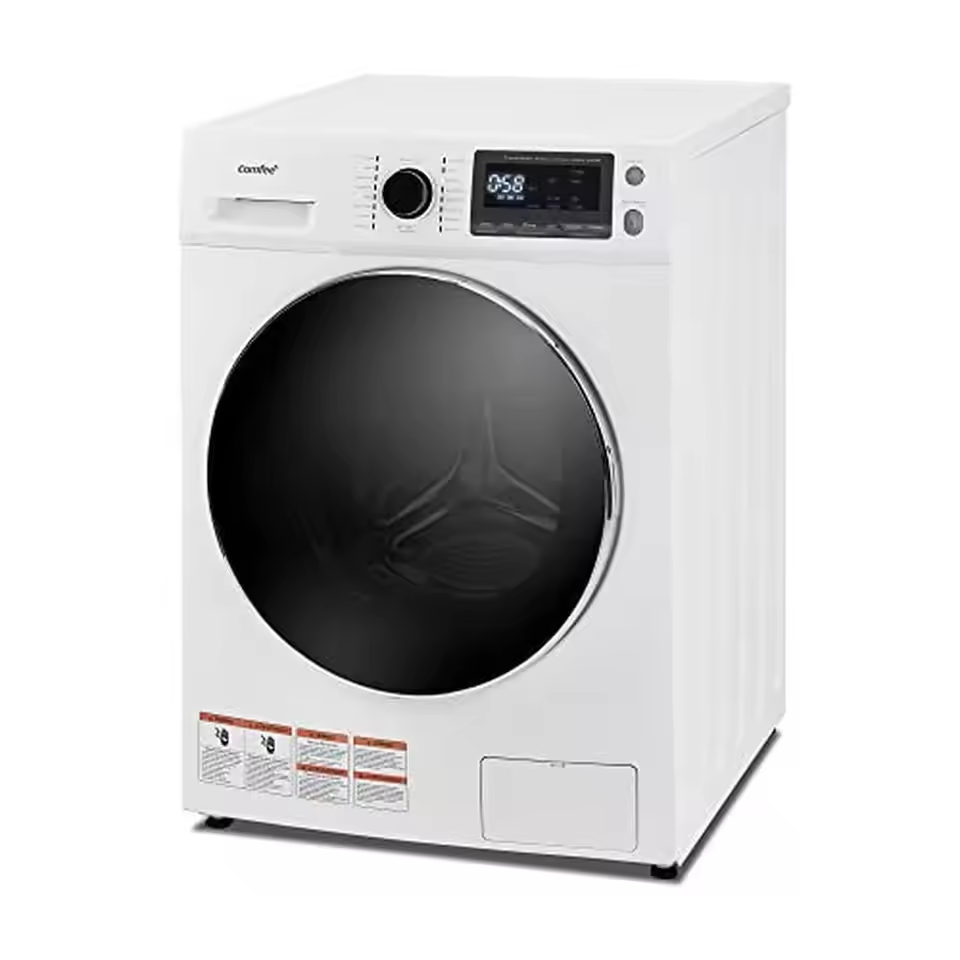 Steps to Load a Washing Machine Correctly: A Step-by-Step Guide
Steps to Load a Washing Machine Correctly: A Step-by-Step Guide
Follow this sequence for optimal cleaning:
1. Sort Laundry by Fabric Type
- Why: Prevents pilling, color bleeding, and fabric damage.
- Sorting Tips:
- Delicates: Silk, lace, or wool.
- Whites/Household Linens: Towels, sheets, and heavily soiled items.
2. Check Clothing Closures
- Zip and Button: Ensure zippers and hooks are closed to prevent tearing.
- Empty Pockets: Remove tissues, coins, or keys to avoid machine damage.
3. Measure the Load
- Rule of Thumb: Fill the drum 2/3 full—never overstuff.
- Overloading Risks: Poor cleaning, uneven drying, and motor strain.
4. Add Detergent Properly
- Liquid vs. Powder: Use according to load size (e.g., 1–2 tablespoons for a full load).
- Placement:
- Top-Load: Pour into detergent drawer or directly into drum.
- Front-Load: Use dispenser’s main compartment.
5. Select Wash Cycle and Settings
- Delicate Items: Gentle cycle + cold water.
- Stained Clothes: Soak or pre-treat before starting the cycle.
6. Start the Machine and Monitor Progress
- Top-Load Tip: Ensure lid is closed tightly.
- Front-Load Note: Check door seal for leaks.
Top Load vs Front Load Washing Machines: Key Differences
Understanding your machine type impacts loading efficiency:
1. Operational Mechanics
- Top-Load Washers:
- Agitator or Impeller:
- Agitator: A central column that spins to scrub clothes (older models).
- Impeller: A modern blade-style mechanism that circulates water without direct contact (gentler on fabrics).
- Water Usage: Requires 15–30 gallons per cycle (higher than front-load).
- Cycle Time: Shorter (20–40 minutes) due to vertical tumbling.
- Agitator or Impeller:
- Front-Load Washers:
- Horizontal Drum: Clothes tumble in a drum filled with less water.
- Water Efficiency: Uses 8–15 gallons per cycle.
- Cycle Time: Longer (40–60 minutes) but gentler on fabrics.
2. Energy and Cost Considerations
- Electricity Use:
- Front-Load: More energy-efficient due to lower water usage and reliance on spin cycles.
- Top-Load: Higher energy consumption but faster drying times.
- Maintenance Costs:
- Top-Load: Easier to access for repairs; cheaper to fix.
- Front-Load: Seals and gaskets require frequent cleaning to prevent mold.
3. Space and Accessibility
- Top-Load:
- Advantage: Easier loading for those with mobility issues.
- Drawback: Larger footprint (height vs. width).
- Front-Load:
- Advantage: Slimmer design suits small spaces.
- Drawback: Requires bending; unsuitable for users with back pain.
4. Noise and Vibration
- Top-Load:
- Vibration: More pronounced due to agitator movement.
- Sound Level: Louder during spin cycles.
- Front-Load:
- Silent Operation: Quieter but may vibrate if unbalanced loads.
5. Detergent Compatibility
- Top-Load:
- Can use standard or HE detergent (but check manufacturer guidelines).
- Front-Load:
- MUST use HE detergent to avoid residue buildup.
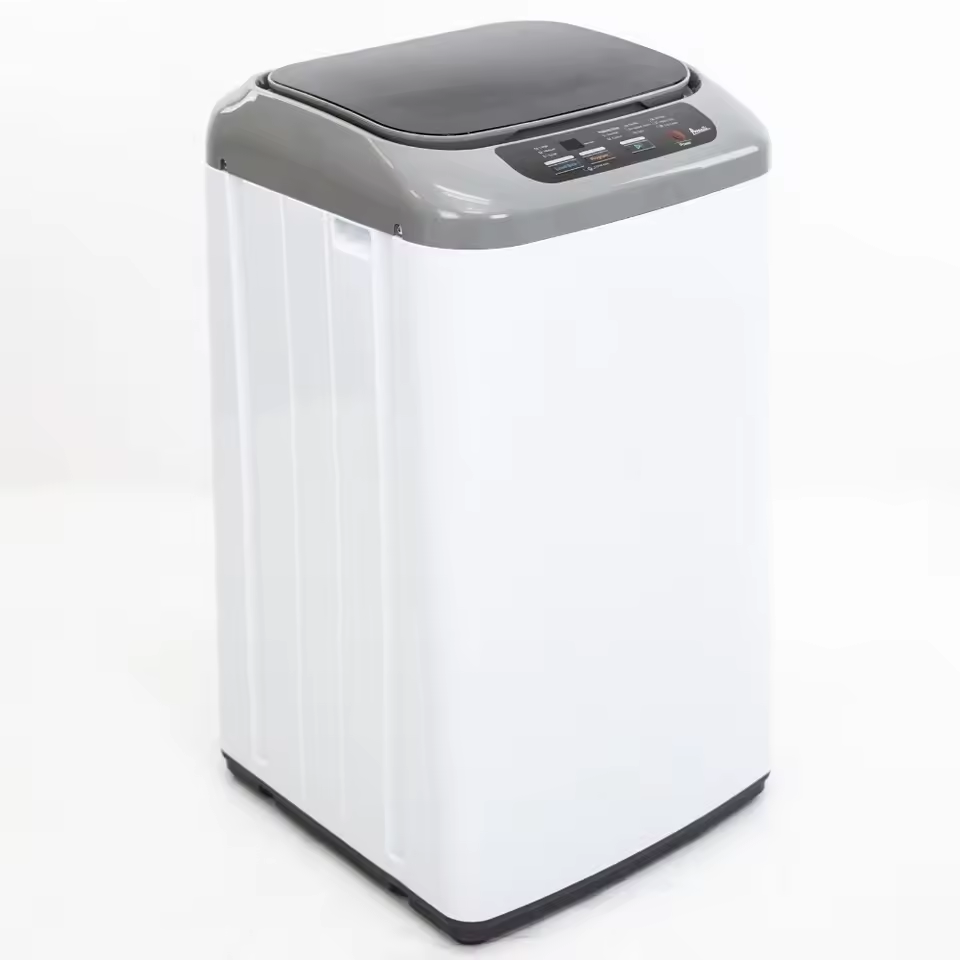 Common Mistakes When Loading a Washing Machine
Common Mistakes When Loading a Washing Machine
Avoid these pitfalls to protect your clothes and machine:
1. Overloading
- Fix: Remove excess items and run separate loads.
2. Improper Detergent Use
- Overdosing: Leaves residue on fabrics.
- Solution: Follow manufacturer’s dosage guidelines.
3. Mixing Fabrics
- Example: Washing delicate silk with towels causes abrasion.
- Fix: Use mesh bags for delicates.
4. Skipping Maintenance
- Neglecting Filters: Clogs cause poor drainage.
- Tip: Clean filters monthly (located under the drum for top-load models).
5. Incorrect Water Temperature
- Hot Water: Damages some fabrics (e.g., cotton fades faster).
- Cold Water: Ideal for everyday loads to save energy.
Top Load Washing Machine Problems and Solutions
Common issues and quick fixes:
1: Machine Shaking or Vibration
- Cause: Unbalanced load or loose feet.
- Fix: Redistribute laundry, ensure machine is level.
2: Persistent Odors
- Cause: Mold in the drum or detergent residue.
- Fix: Run a hot water cycle with vinegar or bleach.
3: Clothes Come Out Wet
- Cause: Short spin cycle or overloaded drum.
- Fix: Extend spin time or reduce load size.
4: Clothing Damage
- Cause: Overloading or wrong cycle settings.
- Fix: Adjust load size and select the correct fabric mode.
How to Load Washing Machine Detergent Properly
Correct detergent usage is critical to avoid residue, excess foam, and poor cleaning results. Follow these machine-specific guidelines for optimal performance:
1. Tips for Top-Load Washing Machines
Step-by-Step Guide:
- Dose Accurately: Use 1–2 tablespoons of liquid or 1 pod/tablet per load, adjusting for soil level.
- Direct Load or Drawer:
- Agitator Models: Pour powder directly into the water basin.
- Impeller Models: Use the built-in detergent drawer to avoid direct contact with clothes.
- Add Fabric Softener: If using, place in the designated compartment.
Common Mistakes & Fixes:
- Overdosing: Causes residue and incomplete rinsing.
- Solution: Use precisely measured concentrates like Dropps Eco-Friendly Pods.
2. Front-Load Washing Machines
Step-by-Step Guide:
- Use HE Detergent: Essential to prevent foam buildup (e.g., Tide PurClean HE).
- Load the Main Compartment: Place liquid or tablets in the main detergent drawer.
- Close the Drawer Fully: Ensure it seals tightly to prevent leaks before adding clothes.
Pro Tips:
- Pre-Treat Stains: Spray OxiClean on stains before loading for better removal.
- Avoid Pre-Soaking: Reduces detergent waste and time.
3. Special Situations
- Hard Water Areas: Increase dosage by 50% or add Calgon Water Softener.
- Stubborn Stains: Add Borax or 1/2 cup of white vinegar to boost cleaning power.
4. Expired or Clumped Detergent
- Liquid: Shake well if separated.
- Powder: Discard clumped detergent (sign of moisture exposure) and replace.
Energy and Cost-Saving Tips for Every Load
Optimize your laundry routine to reduce energy use and expenses:
1. Cold Water Washing Science
- Energy Savings: Cuts energy use by 90% (heating accounts for 90% of a washer’s energy).
- Ideal Uses: Everyday clothing, light-colored fabrics, or minor soiling.
- Exceptions: Grease or sweat stains require warm water (30°C).
2. Run Full Loads Only
- Best Practices:
- Fill Level: Load to 2/3–3/4 of the drum (overloading strains motors; underloading wastes energy).
- Combine Smaller Loads: Merge small batches into one full load to reduce cycles.
3. Use Energy-Efficient Modes
- Smart Features:
- ECO Mode: Slower cycles for 20–30% energy savings.
- Quick Wash: For lightly soiled items (may sacrifice thoroughness).
4. Regular Maintenance Extends Machine Life
- Top-Load Care:
- Monthly filter cleaning (located at the bottom or front).
- Inspect belts and bearings for wear.
- Front-Load Care:
- Run a sanitizing cycle monthly with hot water to clean the gasket.
- Use baking soda + vinegar to eliminate mold odors.
5. Cost-Effective Alternatives
- Natural Cleaners:
- 1 cup white vinegar as a fabric softener or deodorizer.
- ½ cup baking soda to neutralize odors.
- Bulk Purchasing: Save 10–15% via programs like Amazon Subscribe & Save.
6. Decoding Energy Labels
- Energy Star Certification: Saves 45–70 annually in electricity.
- Key Metrics: Look for kWh per cycle and water gallons per load.
2025 Trends
- AI Laundry Assistants: Models like LG ThinQ auto-adjust settings based on load size.
- Solar-Powered Machines: Reduces grid reliance (e.g., Whirlpool EcoFresh).
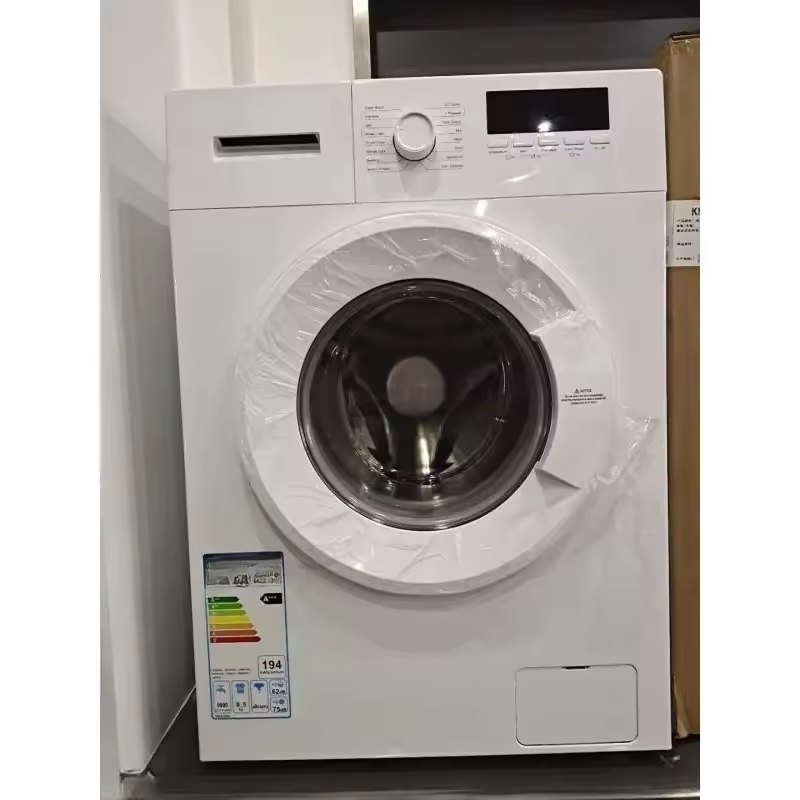 Troubleshooting Fabric-Specific Challenges
Troubleshooting Fabric-Specific Challenges
Tailor loading techniques to fabric types:
1. Delicate Fabrics
- Tip: Use mesh bags and a gentle cycle.
2. Heavily Soiled Workouts Clothes
- Pre-Treatment: Apply stain remover to sweat stains before loading.
3. Towels and Sheets
- Load Size: Fill to capacity (but not over) for maximum efficiency.
4. Dark-Colored Clothes
- Tip: Wash separately to prevent color transfer.
Conclusion: Optimize Every Load with Expert Insights
The art of load washing machine effectively combines science and care. By following sorting rules, avoiding overloading, and maintaining your machine, you’ll achieve cleaner clothes, reduced energy costs, and prolonged appliance life.
Remember: Proper loading isn’t just about convenience—it’s an investment in your wardrobe and environment. Experiment with detergent types, test cycles, and always prioritize maintenance to keep laundry day stress-free!

